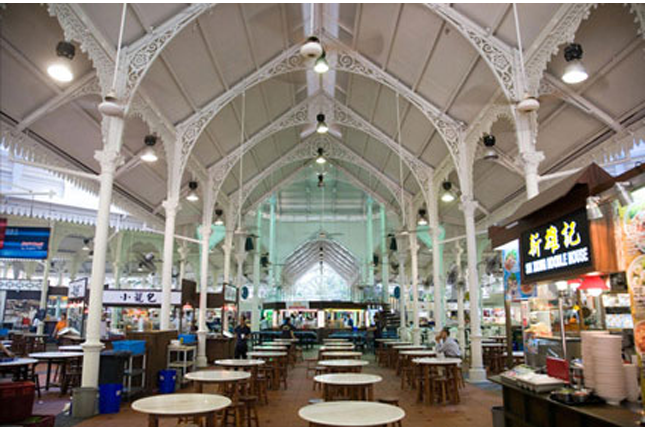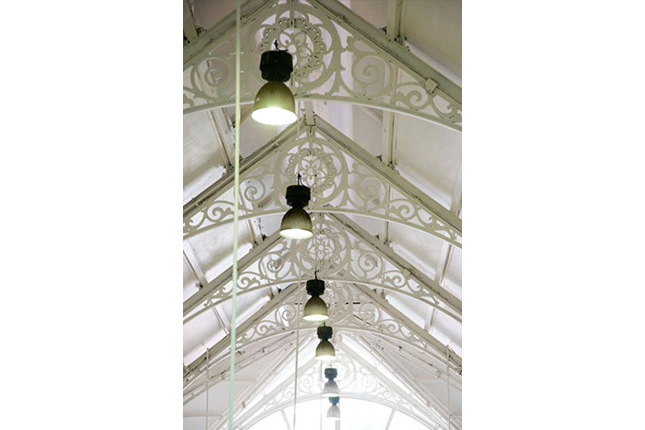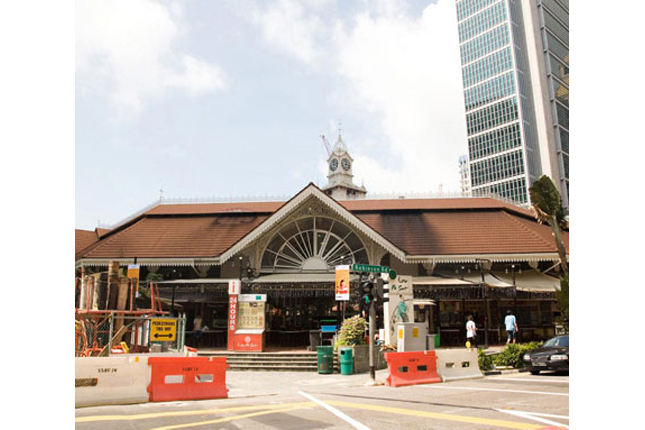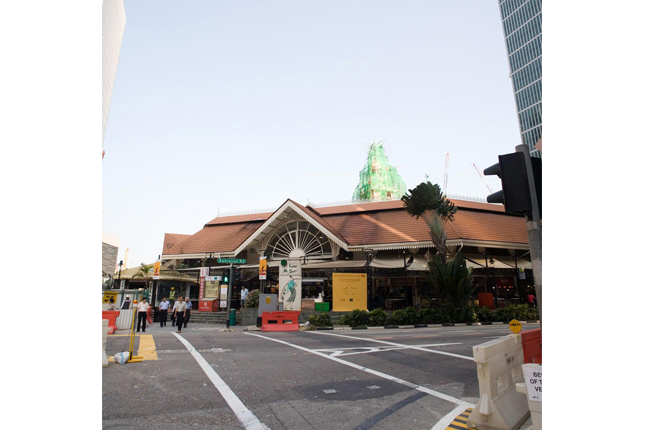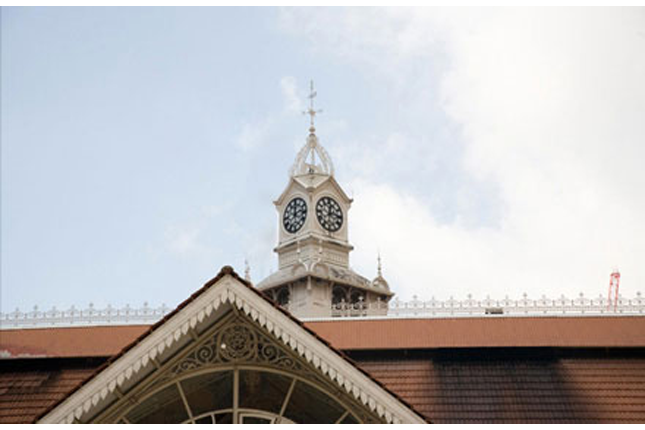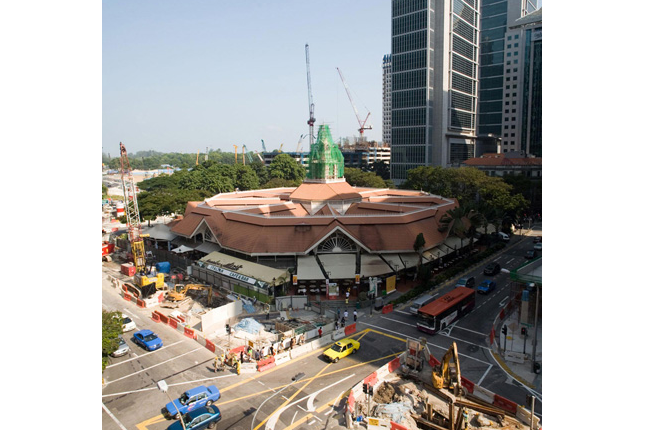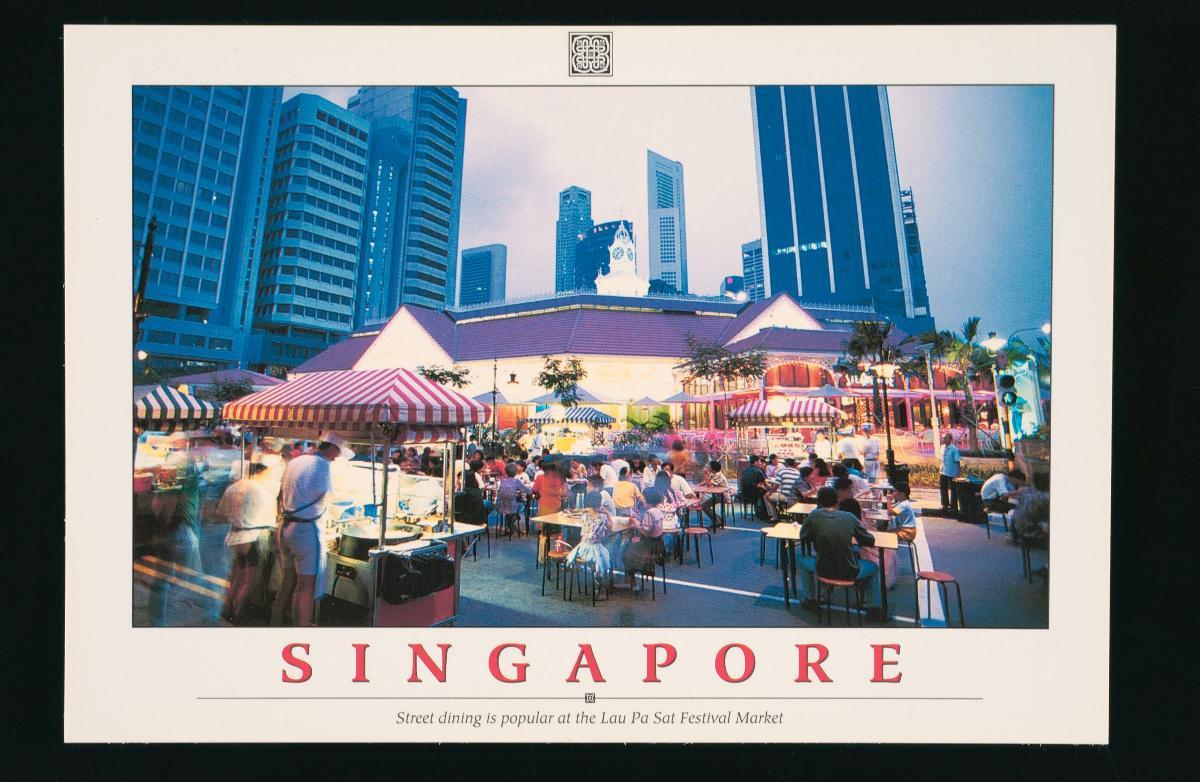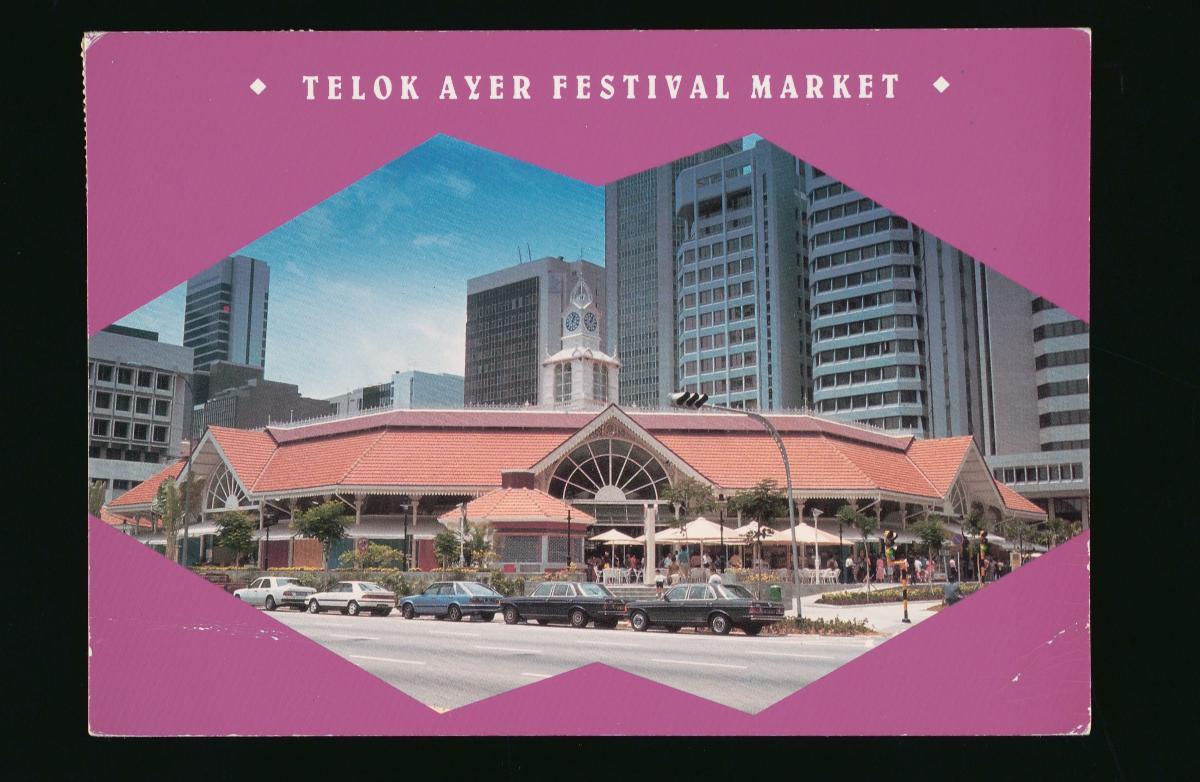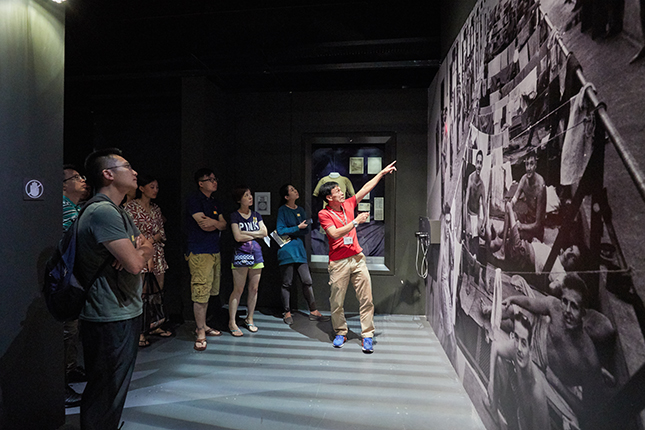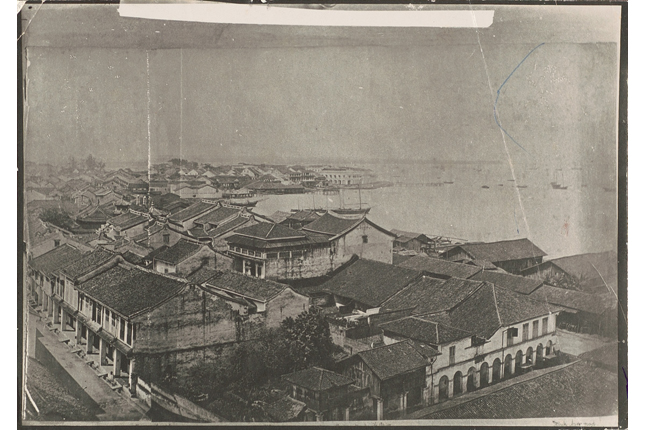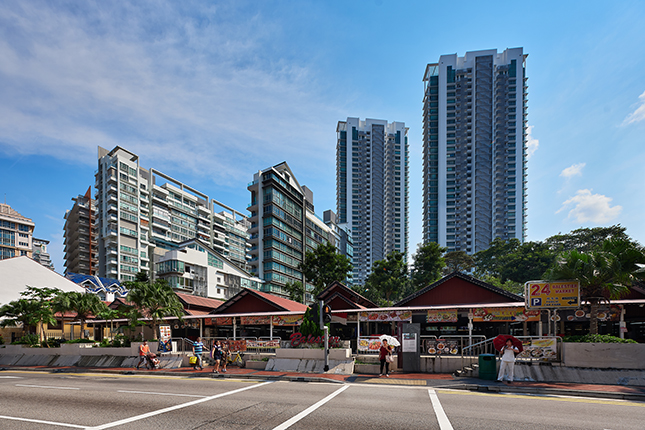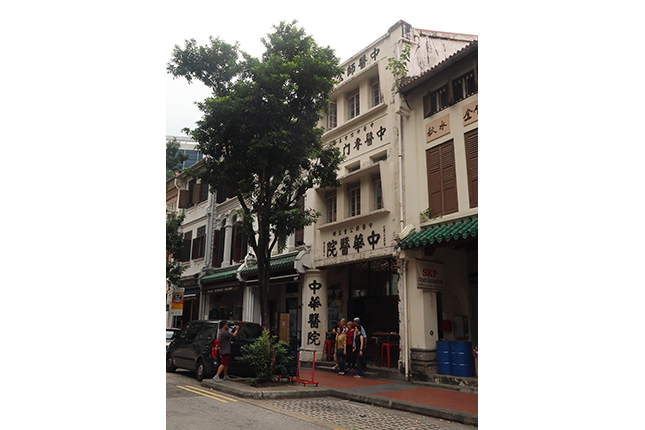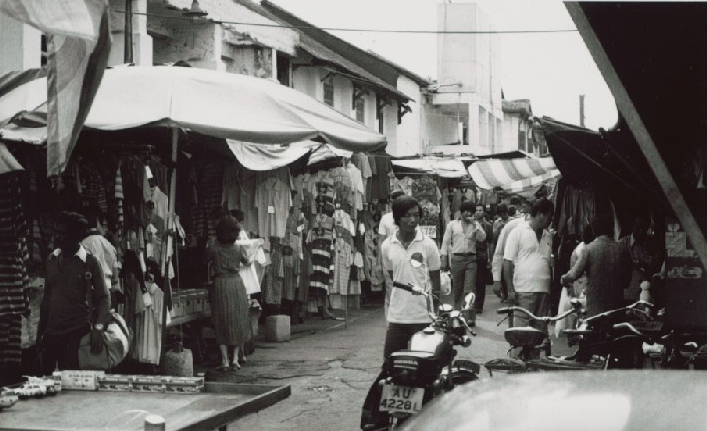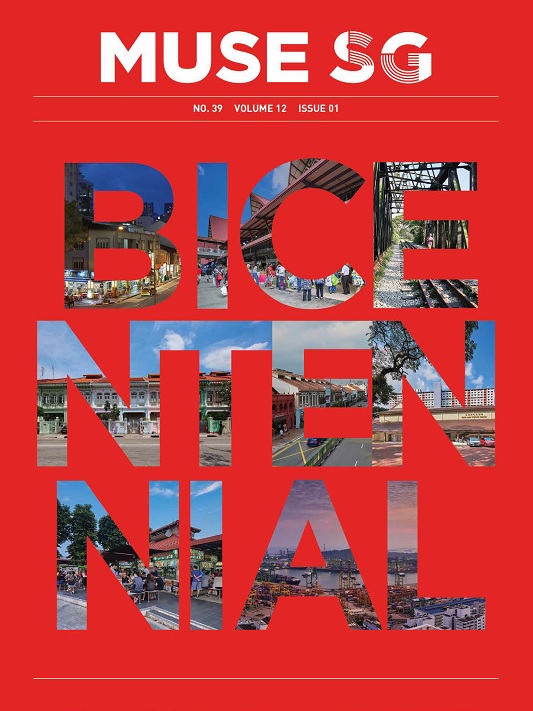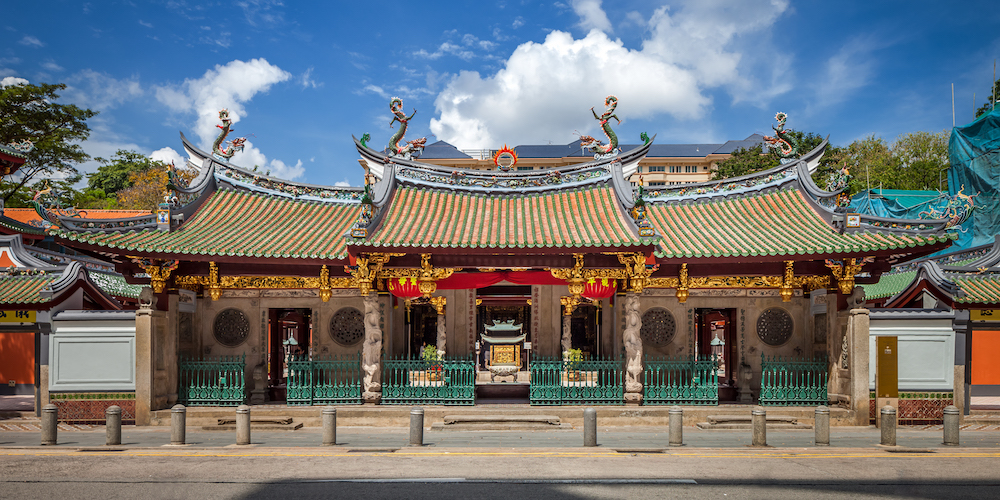Affectionately known as Lau Pa Sat (老巴刹, ‘Old Market’) by generations of Singaporeans, the Former Telok Ayer Market was one of Singapore’s oldest markets. The iconic structure is the only survivor of the five markets that used to serve residents living in Singapore’s town area. The other four were Orchard Road Market, Rochor Market, Clyde Terrace Market (on Beach Road), and Ellenborough Market (near New Bridge Road).
Timber and Attap
The first Telok Ayer Market, opened in 1823, was a timber-and-attap structure located on the shore at the western end of Market Street. However, the structure was declared defective soon after its completion: the timber piles needed replacement, and the attap roof violated fire safety regulations set by the British Administration. Tiles were then installed on the roof, but the structure was unable to bear the weight. Attap was thus reinstated. By 1830, the market was once again deemed to be ‘extremely unsafe’.
New Market
A new market building replaced the dilapidated structure on the same site in 1833. It was constructed according to the design of George D. Coleman, the first Government Superintendent of Public Works who assisted in the planning of early colonial Singapore’s town centre. Among other buildings that Coleman designed were the Armenian Church, the first Saint Andrew’s Church, and Caldwell House within the grounds of the Former Convent of the Holy Infant Jesus on Victoria Street. The impressive Telok Ayer Market was a noted landmark on the seafront, easily recognised in old paintings and photographs of Singapore.
Four decades later, in 1879, the market was demolished due to the land reclamation project at Telok Ayer Basin and relocated to the newly reclaimed land at Collyer Quay. Municipal Engineer James MacRitchie was tasked to design the new market. Construction began in 1890 and was completed in 1894.
Transformation into Lau Pa Sat
In the early 1970s, plans were made to transform the vicinity of the Former Telok Ayer Market into a commercial and financial district. A wet market, or fresh-produce market, nestled in the midst of office buildings was reckoned to be inappropriate. Eventually, the building ceased to function as a wet market and was transformed into a hawker centre in 1972.
When the Mass Rapid Transit system was constructed in the mid-1980s, the Former Telok Ayer Market was taken apart piece by piece so that workers could install the train lines beneath the structure. A few years later, the historic structure was meticulously pieced back together after the track-laying project was completed and a new foundation was laid. It was then decided that the Former Telok Ayer Market would be converted into a festival market and was officially renamed Lau Pa Sat in 1989.
Architecture and Furnishings
In his plan for the new market, MacRitchie retained the octagonal shape of Coleman’s design. The Former Telok Ayer Market was built with Victorian cast-iron elements prefabricated in Europe and crafted by Walter MacFarlane & Company, an iron foundry in Glasgow, Scotland. This same foundry later made the cast-iron verandahs of Raffles Hotel in 1913. Cast-iron was one of the most popular building materials at that time. Elegant cast-iron columns with composite capitals, trusses, arches, and eaves brackets decorated with elaborate and intricate fretwork can be found around the Former Telok Ayer Market.
The high-ceilinged octagonal structure has eight radial passageways sectioned by air wells, and at the end of these passageways are eight large entrances. These features maximise air circulation and ensure that the market is well ventilated. The lantern (a windowed superstructure on the roof) at the centre of the building illuminates the interior space.
Crowning the lantern is a beautiful clock tower which can be seen from afar; it is perhaps the Former Telok Ayer Market’s most prominent feature. It boasts a clock face on each of its four sides. Topped by a wind vane, the lantern and tower are adorned with ornate filigree and shaped like a pavilion. A carillon of bronze bells and a jacquemart (figure of a bell-striker) produced by the Royal Bell Foundry Petit & Fritsen in the Netherlands were installed in the tower in 1991.
A cast-iron fountain used to stand underneath the clock tower. It was moved to a plaza just outside Orchard Road Market in 1902. Later, it was once again dismantled. The fountain disappeared from public view altogether and was forgotten until 1989, when the pieces were rediscovered and certified to be authentic by the team responsible for the restoration of Raffles Hotel. The fountain was reassembled and restored to its former beauty. It is at present the centrepiece at one of the Raffles Hotel’s courtyards, Palm Garden.
Former Telok Ayer Market Today
After its last major refurbishment, Lau Pa Sat was reopened in 2014. Today, it remains a distinctive landmark in the Central Business District and is a popular lunch venue for office workers.
Our National Monuments
Our National Monuments are an integral part of Singapore’s built heritage, which the National Heritage Board (NHB) preserves and promotes for posterity. They are monuments and sites that are accorded the highest level of protection in Singapore.




